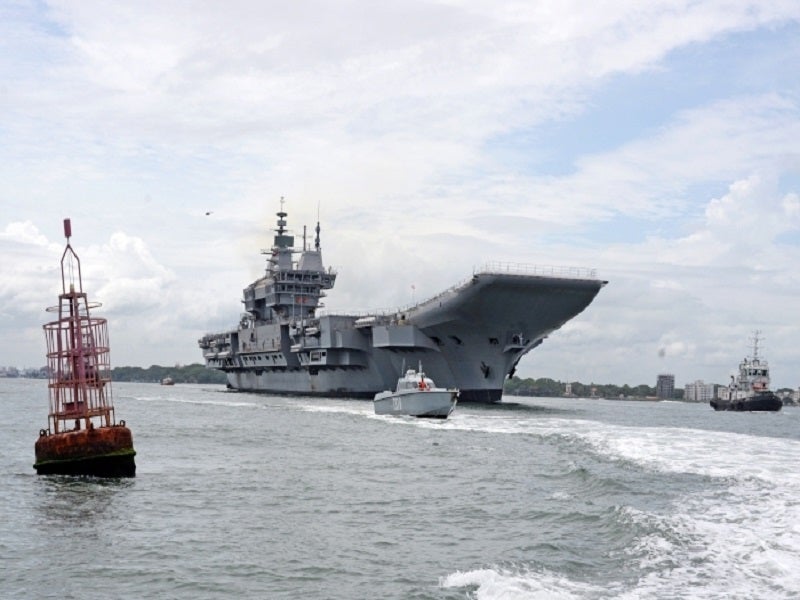
The Indian Navy’s first indigenous aircraft carrier (IAC), Vikrant, has concluded its third round of sea trials in high seas.
The vessel sailed back to Kochi harbour on 16 January.
On 9 January, the aircraft carrier set sail to start the trials that included ‘complex manoeuvres’.
PRO Defence Kochi tweeted: “IACVikrant returned after completing third sea trials, wherein large number of ship systems were operated and tested with training on various equipment fitted onboard.”
Data collected during this round of testing will now be studied, alongside performing compulsory inspections and execution of the remaining work on the carrier.
The trials were observed by scientists from the Naval Science and Technological Laboratory, a Defence Research and Development Organisation (DRDO) facility.
IAC Vikrant wrapped up its five-day maiden round of sea trials in August last year.
The 40,000t ship initiated its second round of sea trials in the south-east Arabian Sea last October that lasted for ten days.
The aircraft carrier will be commissioned into service in August this year.
Constructed at a cost of approximately $3.11bn (Rs230bn), the vessel has been designed by the Indian Navy’s Directorate of Naval Design (DND) and built by Cochin Shipyard Limited (CSL).
Earlier this month, the Rafale-Maritime fighter aircraft began the 12-day demonstration flights from the shore-based test facility (SBTF) INS Hansa in Goa.
The Indian Navy is planning to acquire the combat aircraft for operations onboard the IAC.



